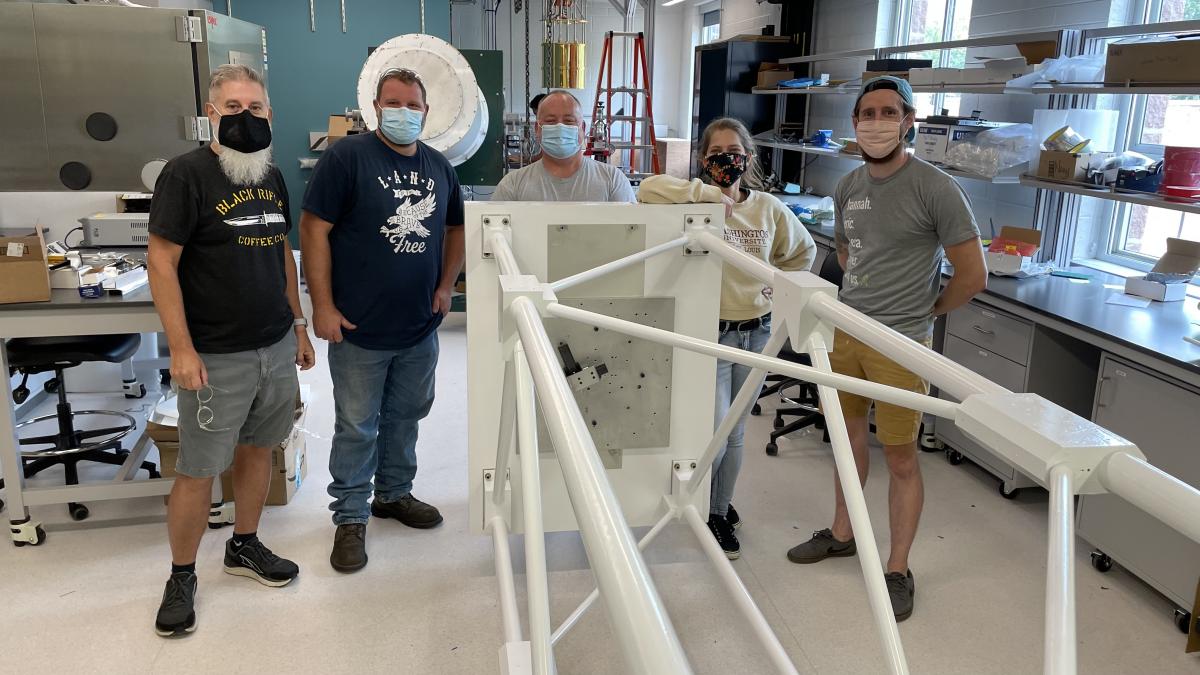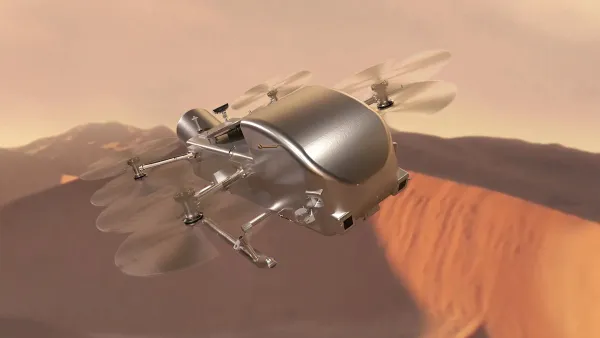Campus has been humming with activity since in-person classes resumed. With all that excitement, you might have missed something remarkable in the physics department this month: the construction of XL-Calibur, a 13.5-meter-long balloon-borne telescope designed to measure the polarization of X-rays from black holes, neutron stars, and other exotic celestial objects.
Henric Krawczynski, the Wayman Crow Professor of Physics, is leading a collaboration of 51 scientists from three countries – the United States, Japan, and Sweden – on the project. Krawczynski and his group at Washington University developed XL-Calibur and its successful predecessor X-Calibur with the goal of unlocking the secrets of astrophysical black holes and neutron stars – how do they form and grow? How fast do they spin? What strange physical phenomena do they generate?
By looking at the polarization of X-rays emitted from targets like the 14.8 solar mass black hole Cygnus X-1 and the relatively young neutron star in the center of the Crab Nebula, known as the Crab Pulsar, physicists can constrain the geometries of these objects, better understand the complex curved spacetime around them, and possibly observe rare quantum effects predicted by quantum electrodynamics. Krawczynski also anticipates capturing spin measurements for stellar-mass black holes, demonstrating techniques that can later be used to analyze supermassive black holes, which are thought to reside at the center of galaxies.
Lindsey Lisalda and Andrew West, graduate students in Krawczynski's research group, played major roles in designing and building XL-Calibur and its most important features. Electrical engineer Richard Bose and technicians Dana Braun and Garry Simburger, all in the Department of Physics, also worked closely with Lisalda and West to complete the project.
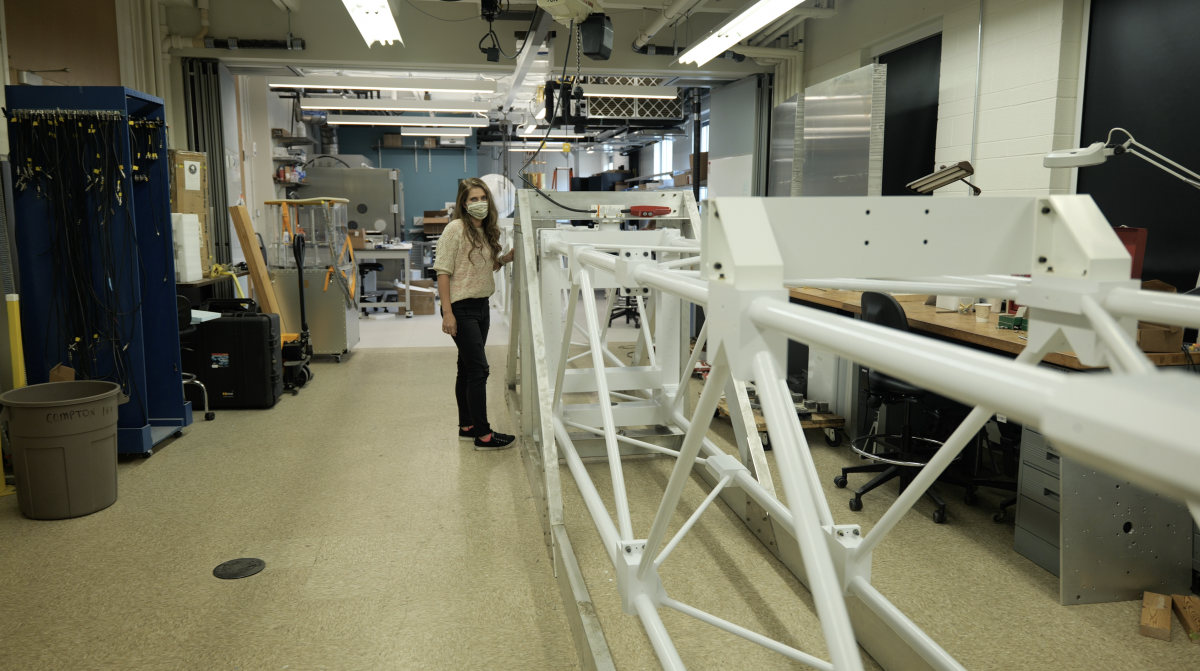
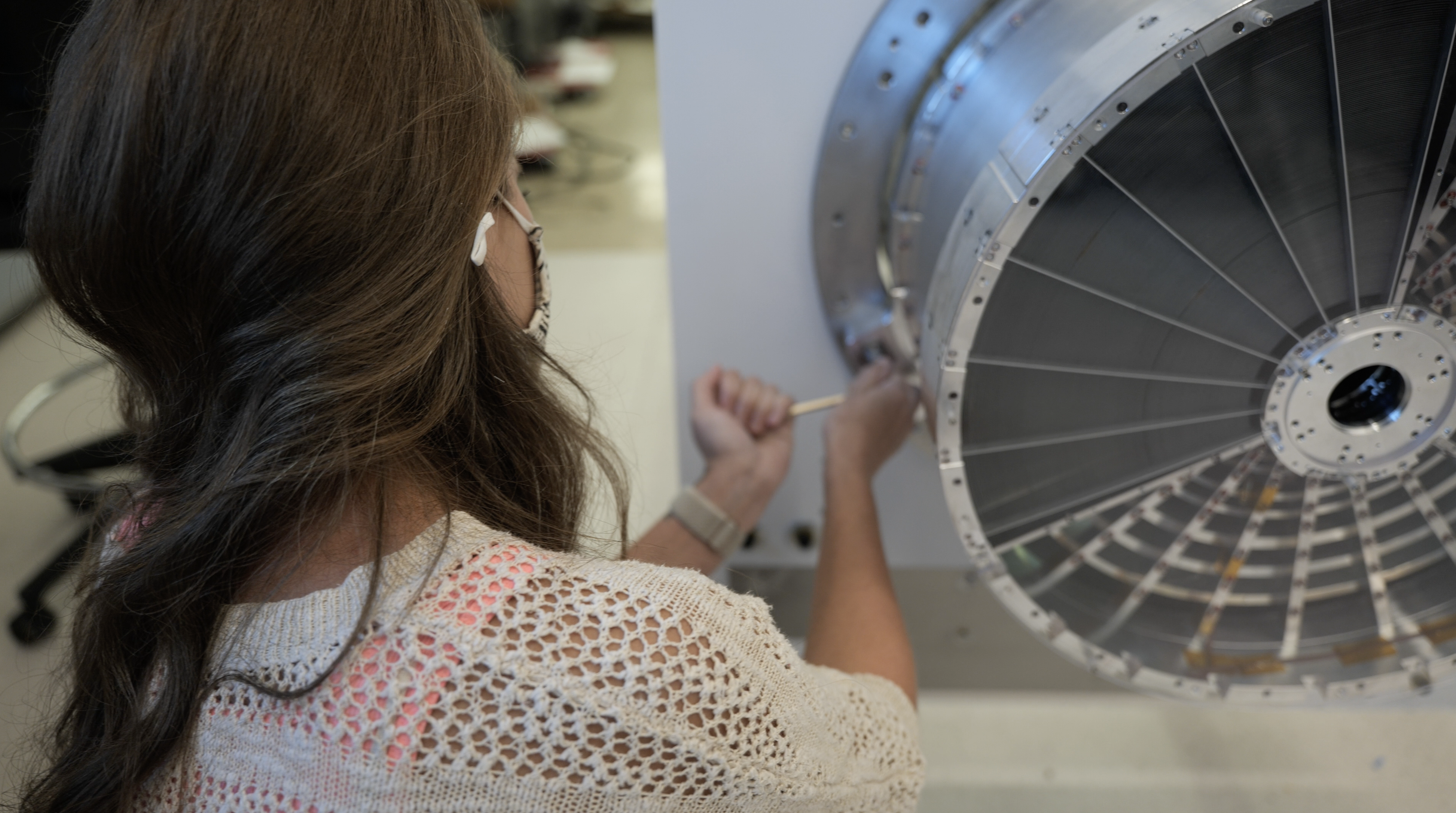
Lisalda collaborated with mechanical engineer Victor Guarino on the design of the optical bench, carefully crafting the carbon fiber and aluminum truss and its joints to be strong enough to withstand forces up to 16 times the force of Earth's gravity. The optical bench was fabricated in the machine shop at Washington University by Todd Hardt, Kenny Schmidt, and Dennis Huelsman.
Lisalda also worked on XL-Calibur’s polarimeter. This custom-made electronic device was built at WashU using chips designed by the U.S. Naval Research Laboratory (NRL) to amplify electrical signals from the telescope’s X-ray detector.
West worked on XL-Calibur’s flight control systems and collaborated with project engineers to design and build honeycomb panels at each end of the truss. These honeycomb panels hold the mirror on one end of XL-Calibur and the detector at the other end. The panels must be hardy enough to protect those critical devices during the telescope’s parachute landing at the end of its flight, when the payload experiences very strong acceleration up to 16 times its normal 300-lb weight.
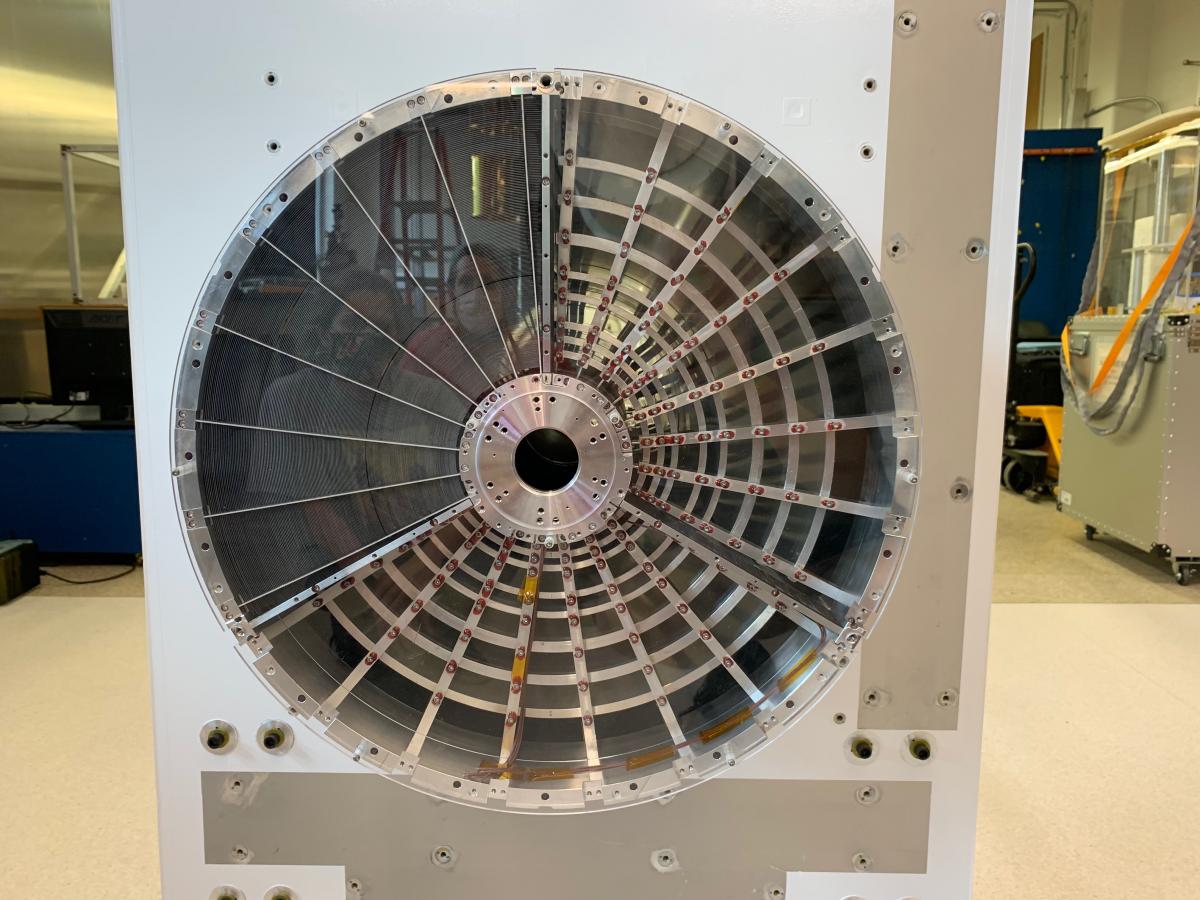
After completing XL-Calibur’s assembly on the first floor of Crow Hall, Lisalda and West packed the telescope off to NASA’s Wallops Flight Facility in Virginia on Monday, Sept. 6. From there, the telescope will be fitted with a pointing system to allow researchers to aim the entire apparatus at a black hole. Using the system’s star tracker, XL-Calibur can be pointed with an accuracy of one arcsecond, a tiny fraction of a degree equivalent to about 30 meters. At Wallops, XL-Calibur will also be loaded into a gondola that can be suspended under a balloon for flight.
Over the coming months, additional testing and more miles on the road will be required to get XL-Calibur and its systems ready for flight. But, if all goes according to plan, Krawczynski anticipates traveling with his team to Esrange Space Center in Sweden for XL-Calibur’s first launch in April 2022. An additional flight using the same payload is already scheduled for 2023 from McMurdo Station in Antarctica.
